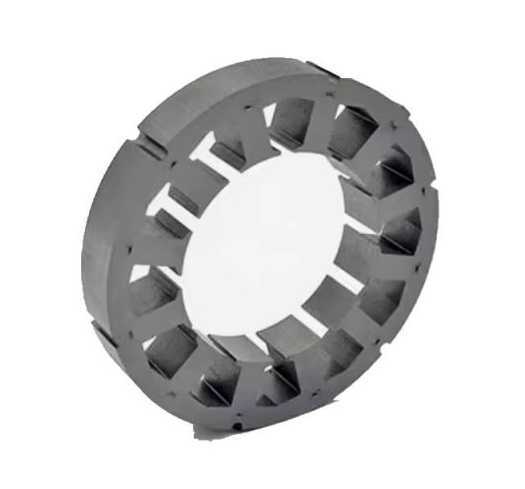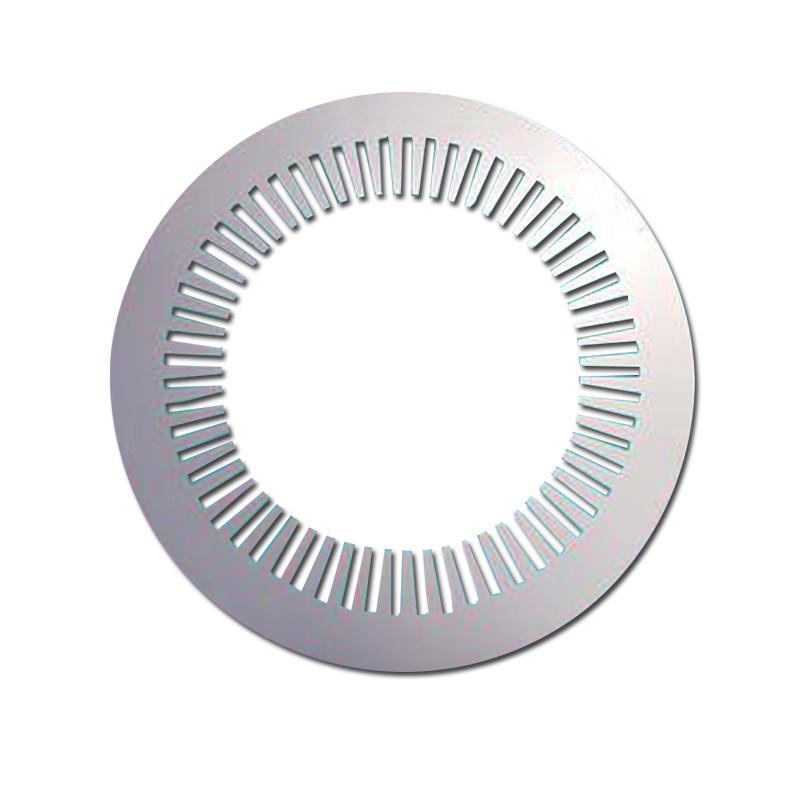The stator core is a crucial component in electrical machines, playing a vital role in their operation. It provides structural support, houses the stator windings, and facilitates the generation of magnetic fields. This article aims to explore the significance of the stator core in electrical machines and its impact on their performance.
Definition and Function of the Stator Core
The stator core is a stationary part of an electrical machine, typically made of laminated steel sheets. Its primary function is to provide a path for the magnetic flux generated by the stator windings. By guiding and concentrating the magnetic field, the stator core enhances the efficiency and performance of the machine.
Structural Support
One of the key roles of the stator core is to provide structural support to the electrical machine. It holds the stator windings in place and maintains their position relative to the rotor. The stator core's robust construction ensures the stability and durability of the machine, allowing it to withstand mechanical stresses and vibrations during operation.

Magnetic Circuit
The stator core forms an integral part of the magnetic circuit in electrical machines. It serves as a magnetic path for the flux generated by the stator windings, ensuring that the magnetic field is properly directed and controlled. The design and quality of the stator core significantly impact the efficiency and performance of the machine by minimizing magnetic losses and maximizing the magnetic flux density.
Reduction of Eddy Current Losses
Eddy current losses occur when the magnetic field induces circulating currents in the conductive material of the stator core. These losses can lead to heat generation and energy wastage. To mitigate eddy current losses, the stator core is typically constructed using laminated steel sheets. The lamination process creates thin insulated layers that impede the flow of eddy currents, reducing energy losses and improving the overall efficiency of the machine.

Heat Dissipation
During operation, electrical machines generate heat due to various factors, including resistive losses and magnetic hysteresis. The stator core plays a crucial role in dissipating this heat. Its design incorporates cooling channels or fins that facilitate the efficient transfer of heat to the surrounding environment, preventing overheating and ensuring the machine's optimal performance and longevity.
Impact on Efficiency and Performance
The quality and design of the stator core significantly impact the efficiency and performance of electrical machines. A well-designed stator core with low magnetic losses and effective cooling mechanisms can enhance the machine's efficiency, reduce energy consumption, and improve its power factor. Conversely, a poorly designed or faulty stator core can lead to increased losses, reduced efficiency, and decreased overall performance.

Conclusion
The stator core is a critical component in electrical machines, providing structural support, guiding magnetic flux, reducing losses, and facilitating heat dissipation. Its proper design and construction are essential for optimizing the efficiency, performance, and longevity of electrical machines. Understanding the importance of the stator core enables engineers and designers to develop more efficient and reliable electrical machines for various applications.
The Advantages of Custom-Made Rotor Assembly in Industrial Applications

